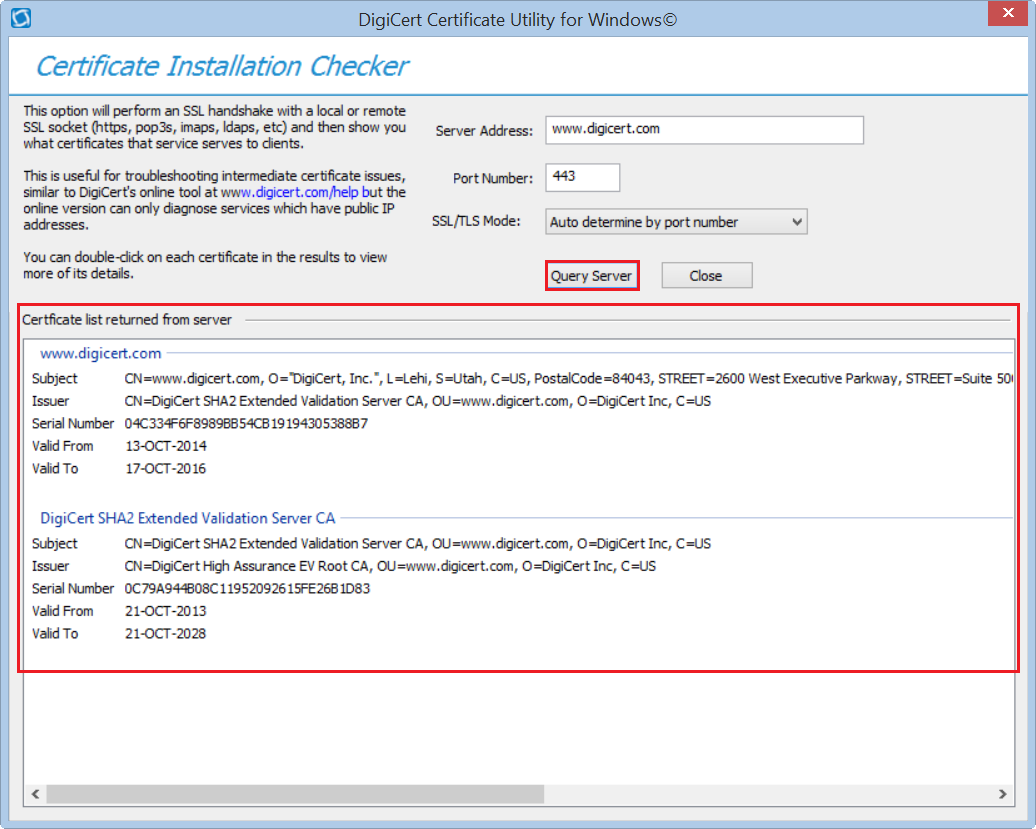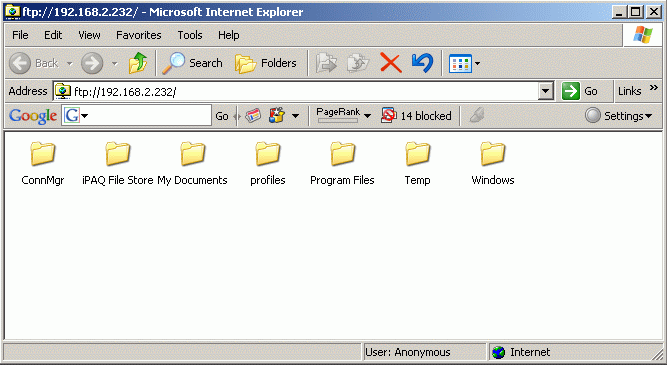
A load balancer diagram is a network representation of application servers. Each server is assigned a particular weight or amount of power. Clients request an application to the most powerful server. If there are three application servers, for example, two of them will be twice as strong as the third. Clients will request identical amounts of data from each application server. However, the requests will be sent to different servers.
Hashing algorithm
The Load balancer diagram depicts a process where requests are routed to health servers based upon their IP addresses. Load Balancing uses the Hashing algorithm. The Hashing algorithm generates an unique requestId that uniquely identifies every client request. The hashing results are used to send the request to the appropriate server.
Distributed systems require hashing to ensure that requests are mapped evenly among the servers within a cluster. Maintaining consistency in hashing between nodes reduces the amount work required by the cluster for every ring change.
Connection multiplexing
Connection multiplexing is one of the common methods used to distribute traffic to multiple servers. The load balancer selects the correct service for a client when they request it. ADCs must keep track of the original connection and any follow-up traffic the user initiates to complete this task. This is an important task, because follow-on traffic may have two specific problems: connection maintenance and persistence.

Multiplexing of connections in a load-balancing diagram can easily be done by subdividing the total number to the number the servers. Each server has an assigned IP address as well as a port. The load balancer receives a request for particular services and will rewrite the packet to include its destination IP address.
SSL tunnel
SSL passthrough can be used to configure SSL in a loadbalder. SSL passthrough places all encryption and decryption work onto the load balancer, which makes certificate management much easier. SSL passthrough guarantees that traffic between the loadbalancers and backend server remains secure. However, SSL passthrough can expose customer information to other network instances. It is best for networks with less security.
SSL passthrough uses more CPU cycles, and has higher operating costs. This method is unsuitable for high-traffic deployments. It doesn't allow you to create access rules, sticky sessions or redirects. It's therefore not suitable for large-scale deployments.
Network server load balancer
A load balancing is a network device, which rewrites packets until they reach their destination. A loadbalancer can handle different types and traffic depending on their source IP. Load balancing requires multiple servers. The first server acts as the "front-end", and receives traffic. It then forwards it to another server. A second server serves as a back-end and responds to clients' requests.
Load balancers can be either hardware appliances or software-based virtual devices. If a server is unavailable, the load balancer will redirect requests to other servers. If another server is added, the load balancer will automatically transfer the requests.

Kubernetes load balancer
Diagram showing Kubernetes load balancers. This diagram shows how requests are handled and responses are handled by each pod. The problem with this approach is the inability to account for persistent connections. The application must therefore implement load balancers on the client. Luckily, there are a number of solutions for this issue, including kube-proxy and iptables. These solutions can only be used for common deployment scenarios. They do not address the specific requirements of particular applications.
Kubernetes permits each pod to have its unique IP address. Each red Pod sends requests with its own IP address to the service in the above diagram. The controller will then collect the currently pending Services, and assign them unique IP address to deliver incoming packages.
FAQ
How much do web developers make?
A website is a project you can work on for your own money. You'll likely make $60-$80 an hr. You can charge more if you're an independent contractor. You could potentially charge anywhere from $150-200 per hour.
How to Create a Static Website
Two options are available when you create your first static web site.
-
Content Management System, also known as WordPress. WordPress: This software can be downloaded and installed on your computer. You can then use it to build an important website.
-
Create a static HTML website: You'll need to code your HTML/CSS code. If you have a good understanding of HTML, this is not difficult.
You might consider hiring an expert to design your website if you are planning to build a large site.
However, it is a good idea to start with option 2.
How Much Does It Cost To Create An Ecommerce Website?
This depends on your platform and whether you hire a freelancer or go through a service provider. eCommerce sites usually start around $1,000.
You can expect to pay between $5000 and $10,000 for a platform once you have decided.
Templates are usually not more expensive than $5,000, unless you have a specific purpose. This includes any customizations that you might need to suit your brand.
What is a static web site?
Static websites are those where all content is stored on a web server and can be accessed by users via their web browsers.
The term "static", refers to the absence or modification of images, video, animations, and so forth.
This type of website was originally created for use in corporate intranets. It has since been adopted both by individuals and small companies who are looking for simple websites that do not require any programming.
Because static websites require less maintenance, they have grown in popularity. They are simpler to update and maintain than fully-featured websites that have many components (like blogs).
They also load more quickly than dynamic counterparts. This makes them ideal for users on mobile devices or those with slow Internet connections.
Also, static websites are more secure that dynamic counterparts. You can't hack into a static site. Hackers have only access to data stored in a database.
Two main methods can be used to create a static site:
-
Use a Content Management System (CMS).
-
How to create a static HTML website
The best one for you will depend on your specific needs. A CMS is a good choice if you are new to website creation.
Why? Because it gives you complete control over your website. A CMS means that you don't have to hire someone to set up your website. Upload files directly to the CMS.
You can still learn how to code and create a static website. However, you will need to put in some time to learn how to program.
Statistics
- It enables you to sell your music directly on your website and keep 100% of the profits. (wix.com)
- In fact, according to Color Matters, a signature color can boost brand recognition by 80%. There's a lot of psychology behind people's perception of color, so it's important to understand how it's used with your industry. (websitebuilderexpert.com)
- It's estimated that in 2022, over 2.14 billion people will purchase goods and services online. (wix.com)
- When choosing your website color scheme, a general rule is to limit yourself to three shades: one primary color (60% of the mix), one secondary color (30%), and one accent color (10%). (wix.com)
- It's estimated that chatbots could reduce this by 30%. Gone are the days when chatbots were mere gimmicks – now, they're becoming ever more essential to customer-facing services. (websitebuilderexpert.com)
External Links
How To
How to choose one CMS from another?
Two types of Content Management System are available. Web Designers typically use static HTML and dynamic CMS. WordPress is the most used CMS. Joomla is a good choice if your site needs to look professional. You can create any kind of website with Joomla!'s powerful open-source CMS. It's easy to install and configure. Joomla is available in thousands of pre-made extensions and templates so that you don't have the need to hire someone to develop your site. Joomla is easy to use and free to download. Joomla is a great choice for your project.
Joomla is a powerful tool which allows you to easily manage every aspect your website. It offers features like a drag-and-drop editor, multiple template support and image manager. You can also manage your blog, blog, eCommerce, news feeds, and more. All these features make Joomla a good choice for anyone who wants to build their website without spending hours learning how to code.
The great thing about Joomla is that it supports almost all devices, including mobile phones, tablets, desktop computers, laptops, etc. This makes it possible to easily develop websites for various platforms.
There are many reasons that Joomla is preferable to WordPress. These are just a few of the reasons Joomla is preferred to WordPress.
-
Joomla is Open Source Software
-
It is easy to install and configure
-
Over 2,000 ready-made Templates and Extensions
-
Download and use it for free
-
Supports Almost All Devices
-
Amazing Features
-
A great support community
-
Very Secure
-
Flexible
-
Highly customizable
-
Multi-Lingual
-
SEO Friendly
-
Responsive
-
Social Media Integration
-
Mobile Optimized